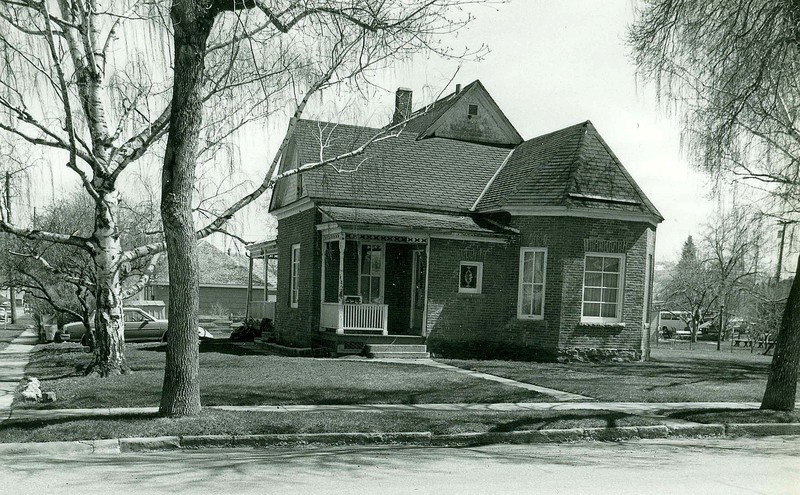Apollo J. Busch House

Open air porches, a half-hexagonal bay window, stained glass, and an irregular roofline make this late-nineteenth-century residence a classic example of the Queen Anne style. Built in the mid-1890s likely from pattern book plans, the substantial brick home fit well into this fashionable, well-established neighborhood. William H. Babcock and Will F. Davis platted the addition in 1883, and Babcock’s own showy, palatial 1880 residence, known as the “Castle,” once stood diagonally across the street. In 1896, career railroader Apollo J. Busch transferred to Bozeman from Bismarck, North Dakota, and brought his family to settle in this Queen Anne style home. Busch was section foreman for the Northern Pacific until 1909 when officials persuaded him to supervise construction of the Gallatin Valley Electric Railway, the first electric line west of Chicago. He remained railway superintendent when the line became a branch of the Milwaukee Road. The tracks for the electric railway, which was built as a part of Bozeman’s bid for state capital, ran directly in front of the Busch home from downtown along Church Street to the Bozeman railway station. Busch endeared himself to the community, serving as alderman and in civic organizations. When he died in 1933, editors of the Bozeman Chronicle wrote, “Mr. Busch can ill be spared from our community life, for he always stood four square for what was right.” Busch’s son, Apollo G. Busch, carried on his father’s community commitment, stepping in as mayor pro tem during World War II.
Images
